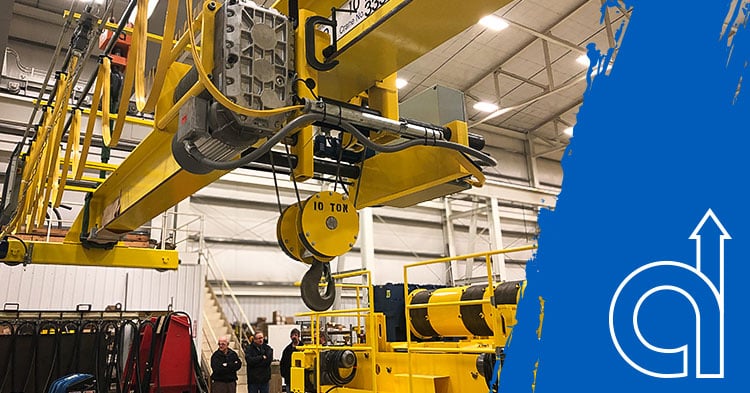In the fast-paced world of industrial operations, the safety and efficiency of equipment are paramount. One critical aspect of crane operation safety is the implementation of anti-collision systems. These systems use electrical means to prevent two or more cranes from contacting each other, ensuring smooth and safe operations in shared working environments.
What is an Anti-Collision System?
An anti-collision system is a safety mechanism designed to prevent collisions between cranes operating in the same area. By utilizing advanced electrical and sensor technologies, these systems detect the proximity of cranes to each other and take necessary actions to avoid collisions. This is particularly important in environments where multiple cranes operate simultaneously, such as construction sites, warehouses, and manufacturing plants.
How Do Anti-Collision Systems Work?
Anti-collision systems typically consist of sensors, control units, and warning devices. Here’s how they function:
- Proximity Sensors: These sensors are installed on cranes to monitor the distance between them. They use various technologies such as ultrasonic, infrared, or laser to detect nearby objects.
- Control Units: The control unit processes the information received from the sensors. When it detects that two cranes are approaching each other too closely, it triggers predefined actions to prevent a collision.
- Warning Devices: Upon detecting a potential collision, the system can activate warning devices such as alarms or lights to alert the crane operators. In some advanced systems, the control unit can automatically adjust the crane’s speed or stop its movement to avoid contact.
Benefits of Anti-Collision Systems
- Enhanced Safety: The primary benefit of anti-collision systems is the significant enhancement of safety in crane operations. By preventing collisions, these systems protect both personnel and equipment from accidents and injuries.
- Operational Efficiency: With anti-collision systems in place, cranes can operate more smoothly in shared environments. This reduces downtime caused by accidents and ensures that operations run without interruptions.
- Cost Savings: Avoiding collisions means fewer repairs and less maintenance, leading to substantial cost savings over time. Additionally, preventing accidents reduces the risk of liability and insurance costs.
- Improved Productivity: When cranes can operate safely and efficiently without the constant risk of collisions, overall productivity improves. Operators can focus on their tasks without worrying about potential accidents.
Applications of Anti-Collision Systems
Anti-collision systems are used in various industries where multiple cranes operate in close proximity, including:
- Construction Sites: To prevent tower cranes from colliding during high-rise building construction.
- Warehouses: For indoor overhead cranes managing large inventories.
- Manufacturing Plants: Where assembly lines may have multiple cranes working simultaneously.
- Ports and Shipyards: Ensuring safe movement of large cranes loading and unloading ships.
Optimize Crane Operations
Anti-collision systems are a vital component of modern crane operations, enhancing safety, efficiency, and productivity. By leveraging advanced sensor and control technologies, these systems ensure that cranes can operate in shared spaces without the risk of collisions. For industries aiming to optimize their crane operations, investing in anti-collision systems is a smart and necessary choice.
For other crane-related terms, visit the American Crane glossary. Contact us to learn more about our products, services or to request a quote. Our team is eager to help!


